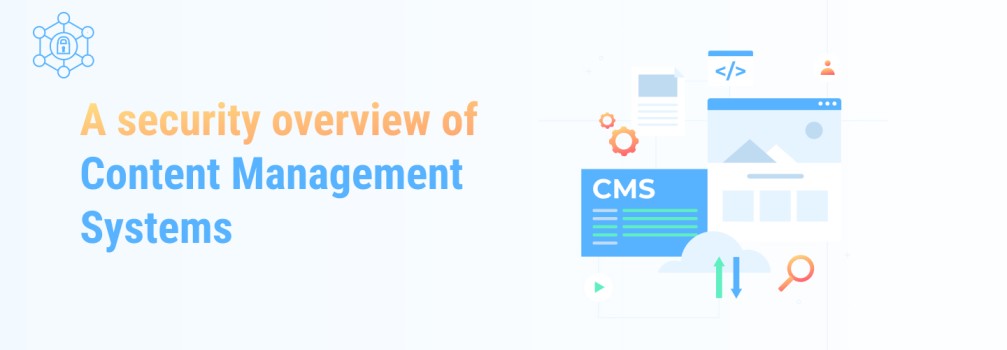Table of Contents
What is cPanel?
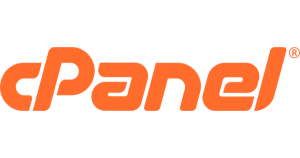
cPanel is an online Linux-based graphical interface (GUI) used as a control panel to simplify website and server management. Furthermore, it allows you to publish websites, manage domains, organize web files, create email accounts, and more.
It is typically paired with WHM (Web Host Manager) – both components work hand-in-hand, with each playing separate roles. Web Host Manager provides administrative control over the server. In addition to server configurations, WHM creates multiple accounts and manages more than one website.
A few of the core web hosting processes that are automated via the cPanel software are:
- Server Security
- Domains & DNS
- Email Handling
- File Transfer & Management
- Database Handling
- Logging

Control Panel is one of the most popular Linux-based control panels for web hosting. At that time, it lets you conveniently manage all services in a single place.
Currently, control Panel is the industry standard, and most web developers are well-acquainted with it.
Especially it is Intuitive and easy to use, it empowers you to manage a web hosting account with maximum efficiency, whether that’s creating new FTP users and email addresses or monitoring resources, creating subdomains and installing the software.
Is cPanel free?
It is not free because it is a third-party application. However, most hosting providers include control Panel in their hosting plans at no extra cost. At that time, there are some providers who will supply cPanel free for the first year, and then charge a fee on subsequent years.
Is cPanel Private?
Yes, your cPanel account is private. If you are a website owner, then be sure to keep your username and password secure. Definitely, this is most important for keeping your website information and settings safe.
What is a Control Panel?
So now we know what cPanel is – but what exactly does it mean to be a web hosting control panel?
Moreover, this works by making administration tasks simple and by allowing for self-sufficiency. Whereas in the past, users would constantly need to request assistance from the server administrator to make any adjustments to their accounts or environment, it allows users to do it themselves.
Especially, this means that administrators can focus on making sure that the server is stable and working smoothly, while the users have the freedom and flexibility to establish a web hosting environment that’s best for them, additionally allowing for the administrator (and/or resellers) to define constraints and restrictions as needed.
A simple click of the button now performs the tasks that might have originally taken hours.
Therefore, with it, this all takes place automatically.
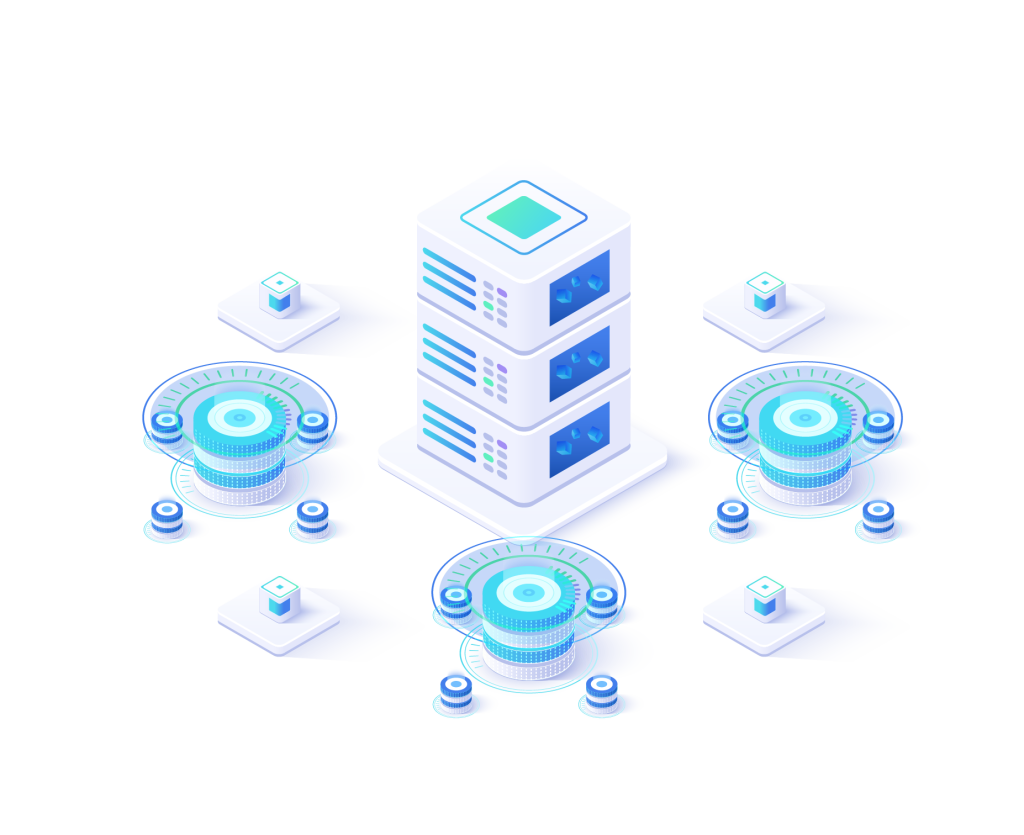
Why do we need a Control Panel?
Want an honest answer? We don’t need them.
We do, however, want them.
Like almost all innovation in technology, humans want to make things easier, more efficient, and just plain faster. We created the remote control so we didn’t have to get off of the couch.
We all bought microwaves so we wouldn’t have to wait so long for food to cook. As well as created cars because horses and walking were just too slow.
…it goes a little deeper than that with control panels,
however, and even with computing in general.
The depth of logic and the number of operations that take place on a server are often beyond the realistic scope of a single human to accomplish.
The millions of calculations that take place at the hardware level, while, yes, you could theoretically spend a lifetime writing out each of these millions of equations on paper, it does not make a whole lot of sense to do that when we have the brainpower and the capability to automate the task.
cPanel (and control panels in general) automates processes so that web hosting becomes simpler.
This, in turn, makes web hosting realistic for a wider range of people to have access to, regardless of income or skill level.
It takes laborious and difficult server tasks and places them in a user-friendly interface. For example, creating multiple subdomains involves editing your Apache configuration.
without control Panel, you would need to log into your server and edit configuration files manually (with an account that has the privilege to do so). lets you complete this process with a few clicks.
This applies not only to web hosting customers, but also web hosts themselves, because they are now able to administer their servers, and as a result their company, using a simple, unified, and automated graphical interface.
What Is cPanel Hosting?
Its hosting is essentially Linux-based web hosting that includes an installation of control Panel. The hosting plan provides a cPanel account to control your web hosting elements.
Moreover, with that in mind, it can be used in different types of hosting, including shared, dedicated, and managed WordPress hosting.
Definitely, this control panel is a good choice for beginners looking for a straightforward control panel solution. However, just like other hosting control panels, cPanel has its benefits and drawbacks.
Pros
User-friendly Interface
Its interface categorizes various features under manageable modules, allowing users to locate them easily. The cPanel dashboard also comes with intuitive menus and graphics for smooth navigation.
Highly compatible
As one of the most popular control panels, cPanel is compatible with several web browsers, including Google Chrome, Safari, and Mozilla Firefox. Additionally, it supports many third-party applications, including site builders and SEO tools.
Wide range of features
Requiring no advanced technical knowledge, cPanel lets users perform complicated tasks such as creating subdomains and FTP accounts, managing MySQL databases, and generating site backups.
Automatic software installation
Not only does cPanel provide numerous features, but it is also well-integrated with the Softaculous Apps Installer. It grants access to more than 400 applications, including popular content management systems. Softaculous takes care of each application during its whole lifecycle, from installation to updates.
Cons
Security Vulnerability
Research shows that cPanel’s two-factor authentication (2FA) method is vulnerable to brute force attacks. To prevent this, always make sure your cPanel version is up-to-date.
Costly License
It has the highest license cost compared to its competitors. Thus, if you’re only managing a website, a cPanel hosting plan can be a cheaper solution as the web host will lend you their cPanel license.
Risk of data loss or corruption
There are times when the cPanel system accidentally overwrites server settings and removes all data during major updates. This happens due to a crashed or failed hard drive. In such cases, try to perform a full disaster recovery to restore your web server.
Web Interface
The web interface is a life savior for a newbie and almost an industry standard for any software. Using the web interface for complicated tasks is almost impossible. Configuring servers via it is almost the same as coding with the mouse – unprofessional and ineffective.
What are the Types of cPanel Hosting?
Shared cPanel Hosting
Starting at $5.99/month
Full Service Hosting for Beginners and Businesses
WordPress Hosting
Starting at $6.99/month
Optimized Hosting for WordPress Websites
VPS cPanel Hosting
Starting at $19.99/month
Managed Hosting for Growing Businesses
Dedicated cPanel Hosting
Starting at $139.99
Single-Tenant Servers for High-Traffic Websites and Apps
How To Access Your cPanel Dashboard?
Assuming your host uses cPanel, your host should provide you with a direct link to access cPanel somewhere in your welcome emails. But if you can’t find that link, here’s a shortcut to access your site’s cPanel dashboard at any time:
- If your site’s URL starts with http, append :2082 to the end of your domain.
- If your site’s URL starts with https, append :2083 to the end of your domain.
For example, you can access cPanel by going to:
- http://www.yoursite.com:2082
- https://www.yoursite.com:2083
Once you visit that address, you’ll be prompted to log in with your username and password:
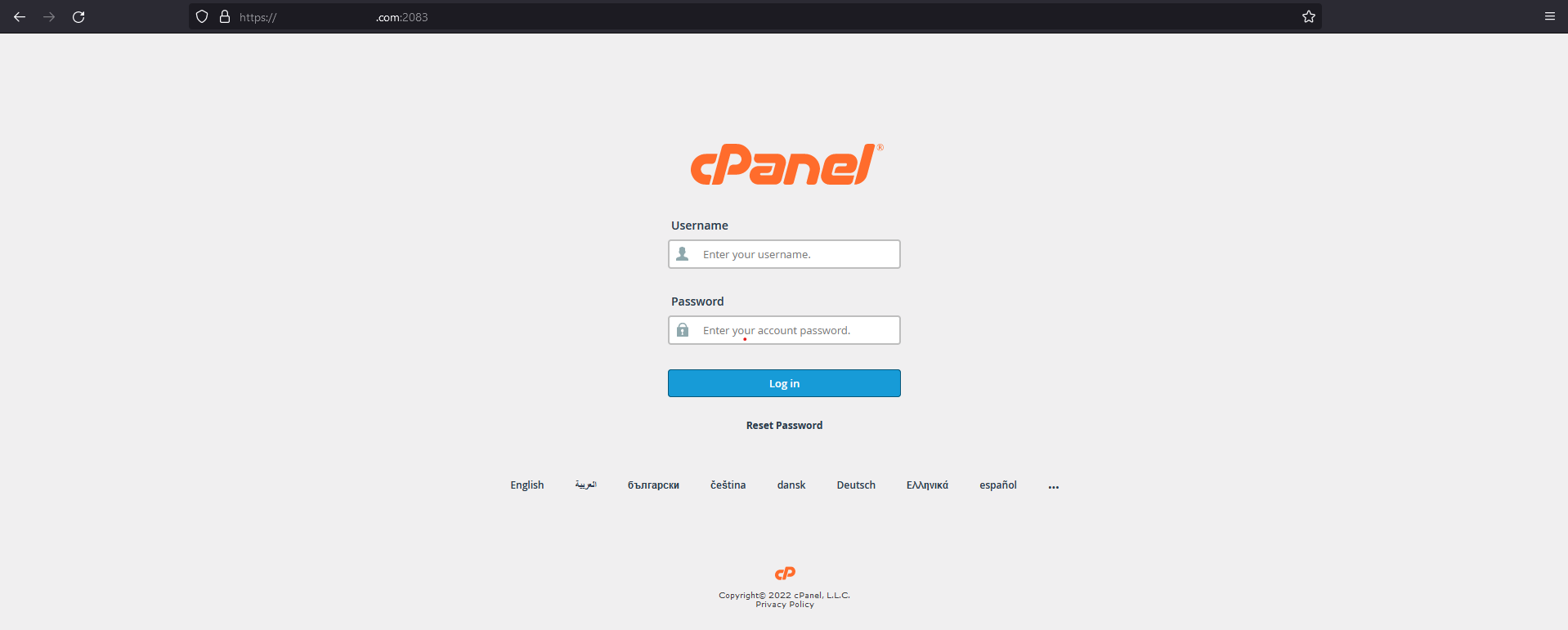
How To Get Your cPanel Username And Password?
You should have received your username and password from your hosting provider, usually in the set of welcome emails you received immediately after signing up.
If you can’t find your username and password, we recommend contacting your host’s support for help as the process to find that information varies between hosts.
What Does The cPanel Dashboard Look Like?
There’s no single “look” for the dashboard because not only are there different core cPanel themes, but some hosts also apply their own unique styling to the dashboard.
With that being said, most dashboards should look roughly like this:
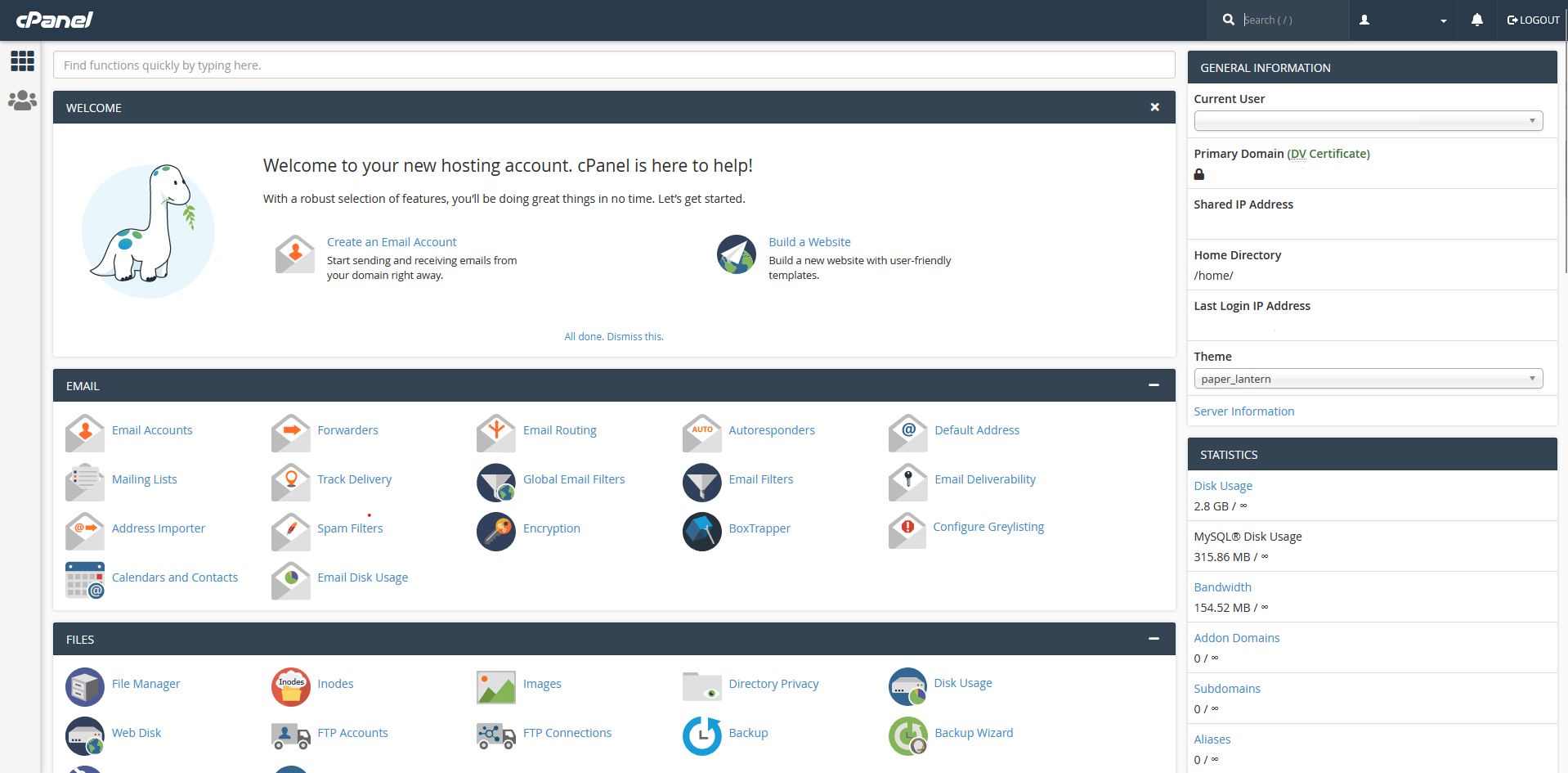
Conclusion
We hope this article has helped you understand cPanel. If you think cPanel doesn’t suit your needs, there are plenty of alternatives out there.
Additionally, If you have any questions or remarks, share them with us via the contact form section below.



